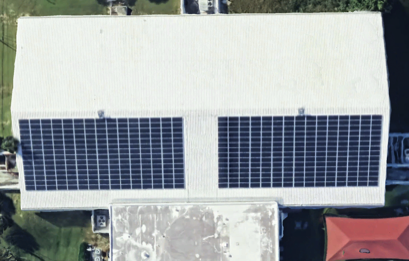
One Recent - May 2024 Installation is XL Soccer World Orlando, FL (One of 1400+ projects since 2009)
Installation of 180Kw in June 2021 and a follow on installation of 180Kw in May 2024.
With 10 locations from Florida to Maine, XL Sports World offers state of the art, climate controlled indoor & outdoor sports and fitness facilities. Offering professional grade synthetic indoor fields for year-round use, as well as pro grade facilities offering outdoor game play too! A family orientated company offering a community based sports environment. With 150,000 active monthly members XL offers scheduled activities for everyone, from tots to adult leagues.
XL Travel offers guided Soccer/Sports tours in 15+ countries around the world. https://www.xlsportsworld.com.
Questions about your project? Call Doug Griffin direct at (239) 464-8699 or email doug@solaronefinancial.com
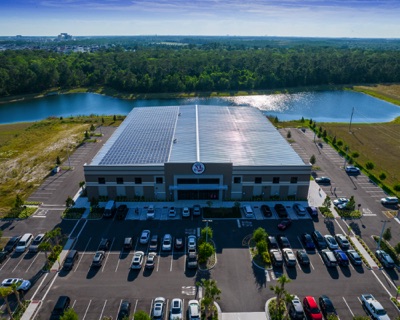
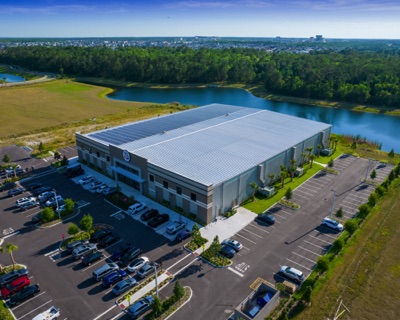
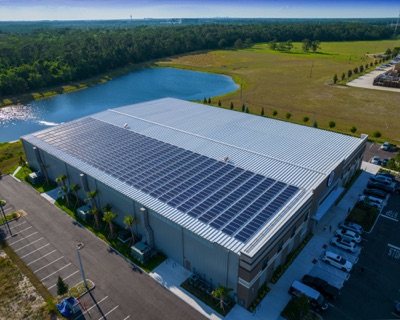
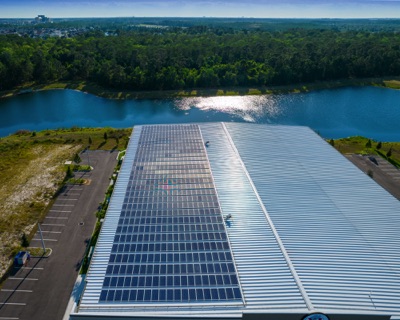
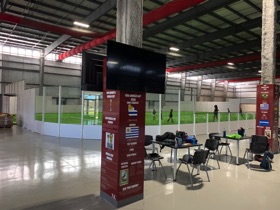



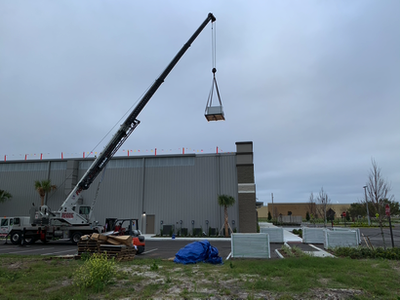
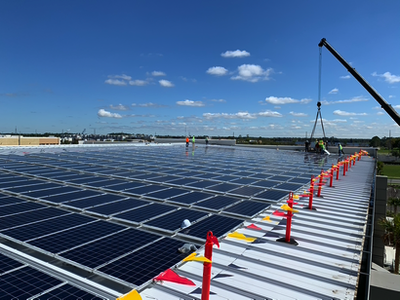
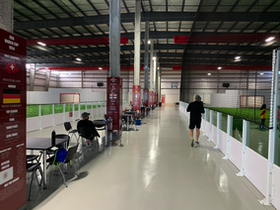
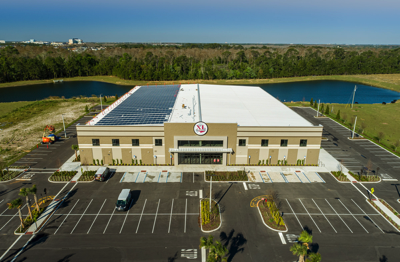
The Major Financial Components are;
1) The 30 percent Investment Tax Credit (ITC) is a dollar-for-dollar reduction in tax liability from any source (income, capital gains, but not FICA), and the cash value of the accelerated depreciation deduction is based on your "effective tax rate" @ EBITDA, which must be profitable to take advantage of the tax benefits. In anticipation of using credits for the 2025 tax year, you may be eligible to lower current year (2025) quarterly anticipated tax deposits. In some situations, you may be able to claim the entire 30 percent ITC and cash value of first-year depreciation before filing your tax return the following year. Consult a tax professional if you're unsure if you'll be able to take advantage of the possible federal tax benefits. Furthermore, almost every state (as well as some counties and utility companies) provides some form of incentive for commercial solar. Solar components, for example, are exempt from Florida sales taxes, and the entire cost is exempt from Florida property taxes by 80%.
2) Reduced operational costs boost the building's value by $12 for every $1 at an 8% CAP rate, a popular technique of valuing buildings.
3) For a 30-year lifecycle, the offset of energy costs for each kWh of electricity and accompanying sales tax and additional fee reductions from solar electricity production itself.
4) The difference between your power bill, which is fixed at 2024 prices, and the inflation differential produced by future Utility rate increases of 3% to 10% per year.
5) After the warranty period, the cost of maintenance and component replacement, which occurs later in the system's life cycle.
6) Cost of financing over a 15-year period. SolarOne's 3.49% fixed rate financing saves $138,381 compared to 6% bank financing and $162,907 compared to 6.5 % PACE financing with no prepayment penalty (PACE is generally a 5 percent pre-payment penalty).
SolarOne may monetize Tax Credits through our balance sheet and Federal tax return with a Lease option, resulting in a 30% upfront contract credit if a firm is substantially profitable but unable to fully utilize the available Tax Credits (with approved credit). SolarOne will receive the 30% deposit from our tax filings and apply it to your agreement right away. At lease's end, you have the option of purchasing the system for its fair market value (FMV).
We can assist you decide whether regular 15-year financing or a 15-year operating lease with FMV buyout makes more sense for your company. Currently, finance is the preferred choice for 80% of applicants.
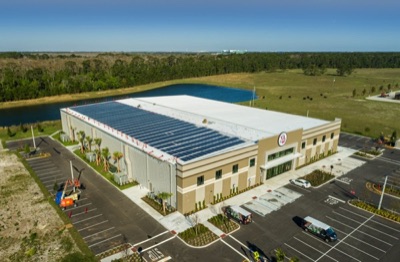
360,000 Watts - Produces 460,000 kWh annually
based on US Dept of Energy (NREL) projections.
Specific to this address and orientation,
with 40+ years of weather history data.
System Offsets –65% of Current kWh Usage & Sales Tax.
Future Battery may offset demand charge and the other 35%.
Electrical layout designed for addition of Battery in 2023-24.
30% Investment Tax Credit and accelerated MACRS
(5 YR) depreciation pays up to 60% of installation.
Reduce quarterly Estimate Tax Deposits now
anticipating depreciation and ITC usage for 2023 Tax year.
$55,000 Operational Cost Reduction increases
Building Value by $625,000 @ 8% CAP Rate.
Florida Incentives
100% Sales Tax Exempt
80% Property Tax Exempt
With 150,000 members - 77% indicated more inclined to support businesses that adopt Solar/Conservation.
15 Electricians, Journeymen and Labors completed installation in 10 days, Bldg. Dept. approval 14 days. This Team completed 4 projects (1MW) in May. Currently deploying 8 teams, avg wage $42/Hr.*
*Wages are based on certifications.We disclose all wage brackets.
Crane use reduces foot traffic (roof wear and tear) during installation.
SolarOne 3.49% 15 Year Fixed Financing
Saved $191,900 in Finance Costs vs. PACE
Photography courtesy of Leading Edge Drones
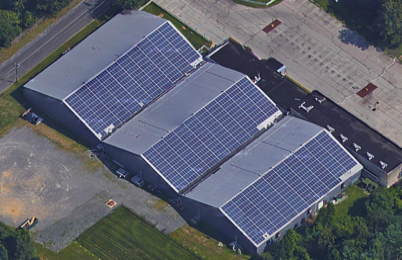
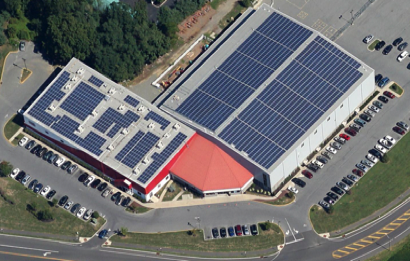
XL SportsWorld Cherry Hill ,NJ
XL SportsWorld Mt Laurel ,NJ
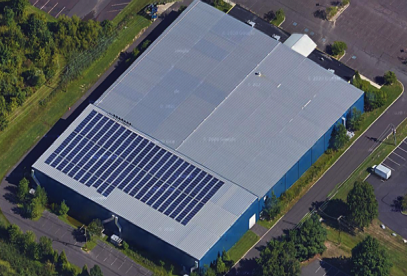
XL SportsWorld Hatfield PA
Lock-in your Electricity Cost for next 30 years
Output Guaranteed to meet US Dept Energy projections.
10 year Solar Module Warranty and
25 year Performance Warranty from Manufacturer.
10 XL Locations - in Six States
Crane use also increases Safety & Productivity.
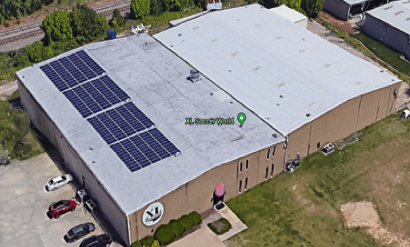

XL SportsWorld Raleigh, NC
XL SportsWorld Apex, NC
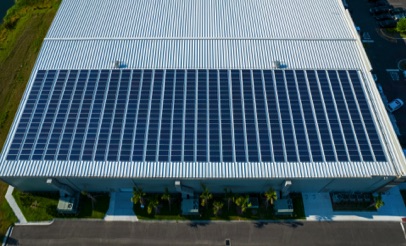
XL SportsWorld Fairburn, GA


No Roof Penetrations. Withstand 120 mph wind.
Only 2.1 lb/ft weight load, building design 25 lbs/ft.
5" clearance under panel for air/water flow.
Understanding Demand Charges;
Maximum sizing is generally recommended at 65 percent of yearly kWh usage, as demand charges may begin to cannibalize kWh savings if the system is larger than 65%. Even with a 65% solar system, the reduction in demand charges will be negligible, unless your daily peak demand mirrors solar production. At scale, battery storage and the remaining 35% of kWh can be addressed with additional modules once larger commercial capacity batteries are available. At that point a firm may be able to address both energy use (kWh) and demand charges (KW), as well as related taxes and fees, at that moment. Monthly sales/use taxes and levies, which account for 20% to 30% of the total electric bill, will be reduced for the kWh component of the bill (up to 65 percent ).
Demand charges are costs for maintaining power plants, and transmission lines for commercial accounts only. Demand is not the same as electricity; charges are based on the maximum volume (or flow) of electricity (KW) in any 15-minute period during the month. Consider two businesses that each consume exactly 3000 kWh per month, or 100 kWh per day. Company #1 consumes 100 kWh of power per day for 12 hours, while Company #2 consumes 100 kWh per day for 24 hours. Even though they both use the same amount of energy (100 kWh/day), Company #1 would have double the kWh flow each hour, resulting in double the demand on the grid. As a result, Company #1 pays greater demand charges than Company #2.
It's critical to comprehend demand charges. Every business meter may also measure the maximum electricity flow in any 15-minute period during a demand period. If there were 29 consecutive days of 100 percent sunshine from morning to night, and then on the 30th day, a large thunderstorm passed over the building and rained heavily for 15+ minutes, the solar output would drop significantly, and the building would need to draw a large amount of electricity from the grid to meet its requirements. This additional electricity consumption would be enough to set the maximum DEMAND charge for the month, which could be up to 35% of your monthly bill (with related taxes). Without (large) batteries for storage, a solar system cannot overcome this charge, which is expected in 2023/24. Because the maximum system size is 65 percent of kWh usage, an application engineer will examine your bills/project to establish the maximum kWh offset for initial (pre-battery) sizing.
So, depending on the utility rate schedule, demand can range from 20% to 40% of a monthly payment. If you want to offset 100% of your kWh usage, which is conceivable, the demand fee, which is not electricity, will eat into your solar energy production. Utilities generally enforces a winter and summer demand schedule, with distinct hours of the day or days of the week. Companies can reduce their susceptibility to demand charges by altering their rate schedules; a review of your consumption may reveal a rate modification makes sense.
If you are ready, request an initial no cost, no obligation satellite evaluation of your project HERE.
Questions about your project?...Call Doug Griffin direct (239) 464-8699, or email Doug@SolarOneFinancial.com.
Review how, with a little information from you, an application engineer will prepare an initial satellite evaluation of your project HERE.
For Illustrative Purposes Only. A Commercial Solar Project's ROI involves SIX financial components, and requires an understanding of DEMAND Charges and Batteries;
Every commercial application is different and unique, and the amount of roof/open area, building orientation, cost per kwh, demand charges, related taxes/fees, occupancy/usage, and industry specific conditions, as well as your ability to take advantage of Federal and State tax benefits, all play a role in determining how much of your actual electricity usage and tax liabilities a commercial solar photovoltaic system can offset.
Capacity of all Locations is approximately 3,000,000 watts producing approximately 4,000,000 kWh of Electricity annually.
XL SportsWorld Winter Park, FL
